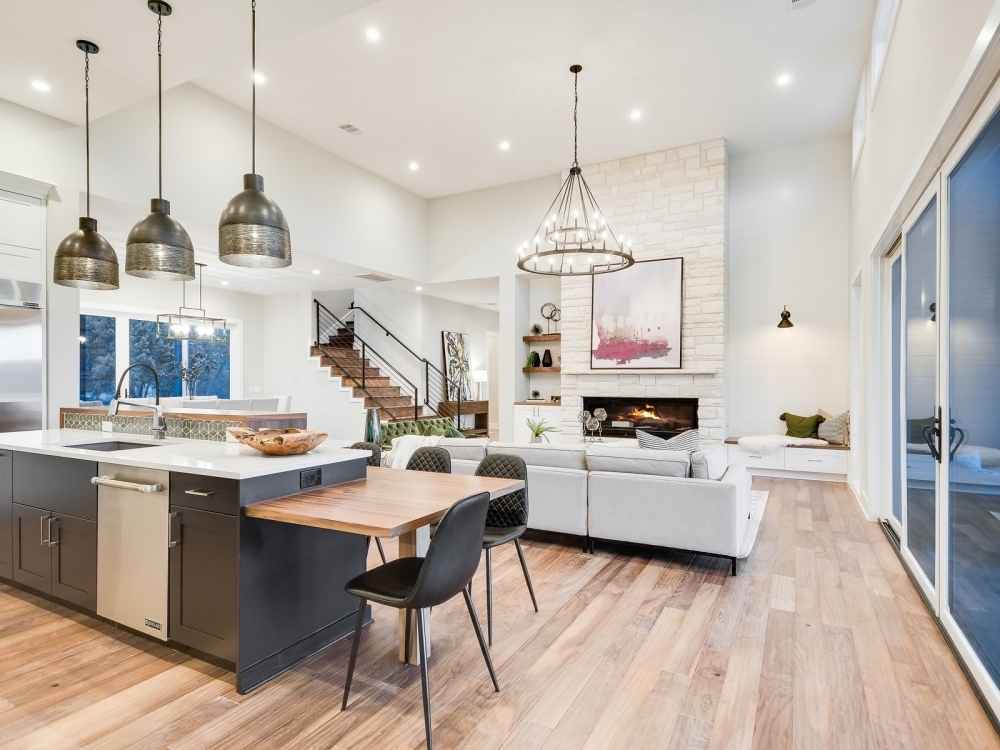Image source: Google
Home is where the heart is, they say. But not just that – home is also where your personality, preferences, and emotions can manifest in physical spaces. The design of your home can have a significant impact on your mood, productivity, and overall well-being. Understanding the psychology behind home design can help you create spaces that truly reflect who you are.
The Importance of Home Design
Reflecting Your Personality
- Your home is an extension of yourself – it should reflect your personality, interests, and values.
- The design choices you make can communicate aspects of your identity to others.
Influencing Your Mood and Well-Being
- The colors, textures, and layout of your home can influence your mood and emotions.
- A well-designed home that aligns with your preferences can contribute to a sense of well-being and contentment.
Design Elements That Reflect You
Color Palette
- Color psychology plays a significant role in home design.
- Choose colors that resonate with you and evoke the feelings you want in each room.
Furniture and Décor
- Select furniture and décor that align with your personal style and interests.
- Your choices in furniture and décor can tell a story about your life experiences and aspirations.
Creating Personalized Spaces
Functional Design
- Consider how you use each space and design it to support those activities.
- Personalize each room to cater to your specific needs and preferences.
Sensory Experience
- Engage all the senses in your home design – from sight and touch to sound and smell.
- Integrate elements like lighting, textiles, and scents to create a holistic sensory experience.
The Emotional Impact of Home Design
Comfort and Security
- A well-designed home can offer a sense of comfort and security, providing a safe haven from the outside world.
- Design elements like cozy textiles, soft lighting, and familiar scents can enhance feelings of comfort.
Connection and Serenity
- Design your home to promote a sense of connection with loved ones and nature.
- Create spaces that allow for relaxation, reflection, and serenity.
Personalizing Your Home Design
DIY and Customization
- Embrace DIY projects and customization to add personal touches to your home.
- Create unique pieces or modify existing ones to make your space truly yours.
Creative Expression
- Use your home as a canvas for creative expression.
- Experiment with different design styles, art pieces, and arrangements to reflect your creativity.
Conclusion
Your home is more than just a physical space – it is a reflection of who you are, what you value, and how you want to feel. By understanding the psychology of home design and incorporating elements that resonate with you, you can create spaces that truly reflect your personality and enhance your well-being. So, next time you redecorate or renovate, remember to infuse your home with elements that speak to your heart and soul.
